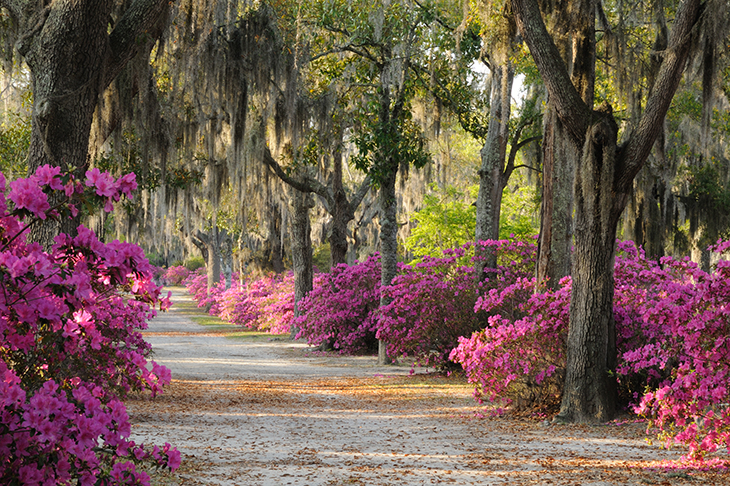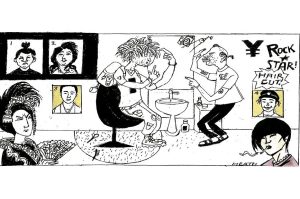Savannah, Ga., is supposed to have lots of ghosts, but I’d forgotten that. It was an April morning and sunlight filtered through the Spanish moss. As I arrived at Wright Square, someone fell into step with me and we crossed the road together. At the other side I glanced to see who it was. No one. Huh.
This is the Ghost Coast and there is an industry around it, including night-time tours in a black trolley bus that end in a visit to Savannah’s most haunted residence, the gothic Sorrel-Weed House. At dusk you pass groups of people being told unsettling stories — I caught a snippet about a cat that vanishes into thin air. One evening a friendly grey shadow wound itself about my shins. Was it an apparition?
The city is also haunted by flamboyant eccentrics, as chronicled in John Berendt’s Midnight in the Garden of Good and Evil, and by the wonderful Edgar Oliver. A chap may be seen out walking a giant tortoise on a lead. When I paused in one of the squares, a Donald Sutherland type waved from the next bench and, after a southern nicety, moved to mine. The tales began. He was descended from a Confederate general, he said; had just moved back here after many years in Britain running Formula 1. He had gone to Oxford, where he was great friends with a character called Bucky Mountbatten. He had been ravished by a famous actress in an English stately home. Another of his close Oxford circle was ‘Saddam’s son, I can’t remember his name’.
Savannah is one big neighborhood where everyone knows each other. It might be exhausting to live here, but it’s friendly to visit. Go into any bar in mid-afternoon and you’ll find a party. Outside Leopolds, the ice cream parlor, a chatty local couple formed an instant bond with a Yankee tourist. ‘You guys are terrific,’ he said (he might have meant Savannahians in general). ‘If you ever got over your shyness you’d be really great!’ They all roared.
The historic center is all brick sidewalks and beautifully restored houses amid greenery, not to mention lots of mid-20th-century buildings looking Hopperesque and iconic at corners. I visited the Owens-Thomas House and looked at 18th- and 19th–century American paintings in the Telfair Academy. On Bull Street there is a good independent bookshop, E. Shaver, and Alex Raskin Antiques, a huge old four-story house literally filled to the rafters with furniture. Students trip about the streets in sweatshirts marked SCAD — the Savannah College of Art and Design, which has a gallery and shop. In the sweet shops of River Street, you can sample the pecan pralines on repeat. It is all walkable like a small European city.
But this is still the Deep South. On my last morning I was having a pleasant wander in the Wright Square Antiques Market, perusing Grateful Dead merchandise and 1950s posters advertising pineapple ice cream when I rounded the corner and arrived at a large cabinet proudly housing copies of Mein Kampf, SS daggers and Nazi insignia. Spooky stuff.
This article was originally published in The Spectator magazine.


















